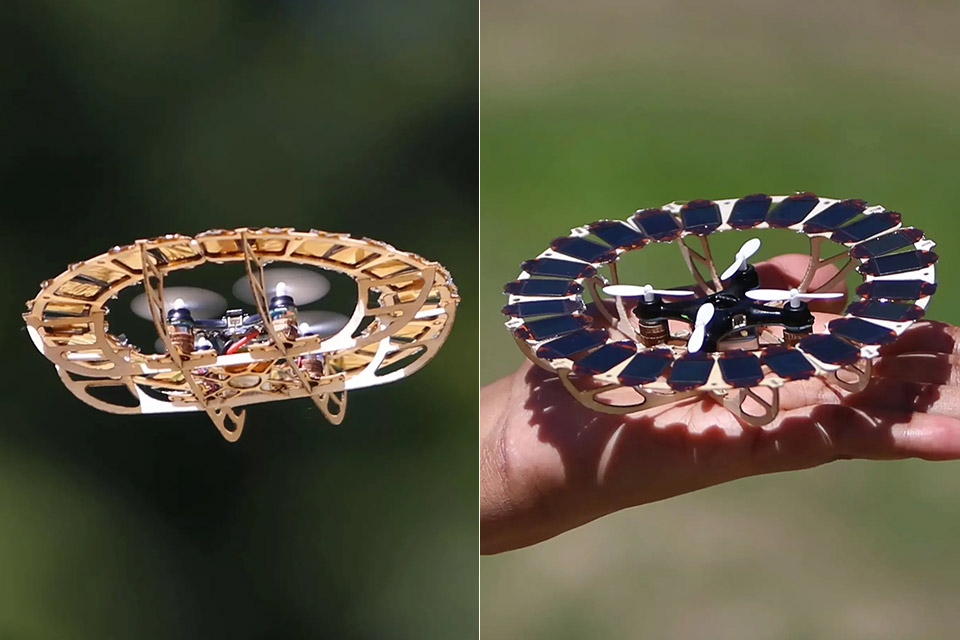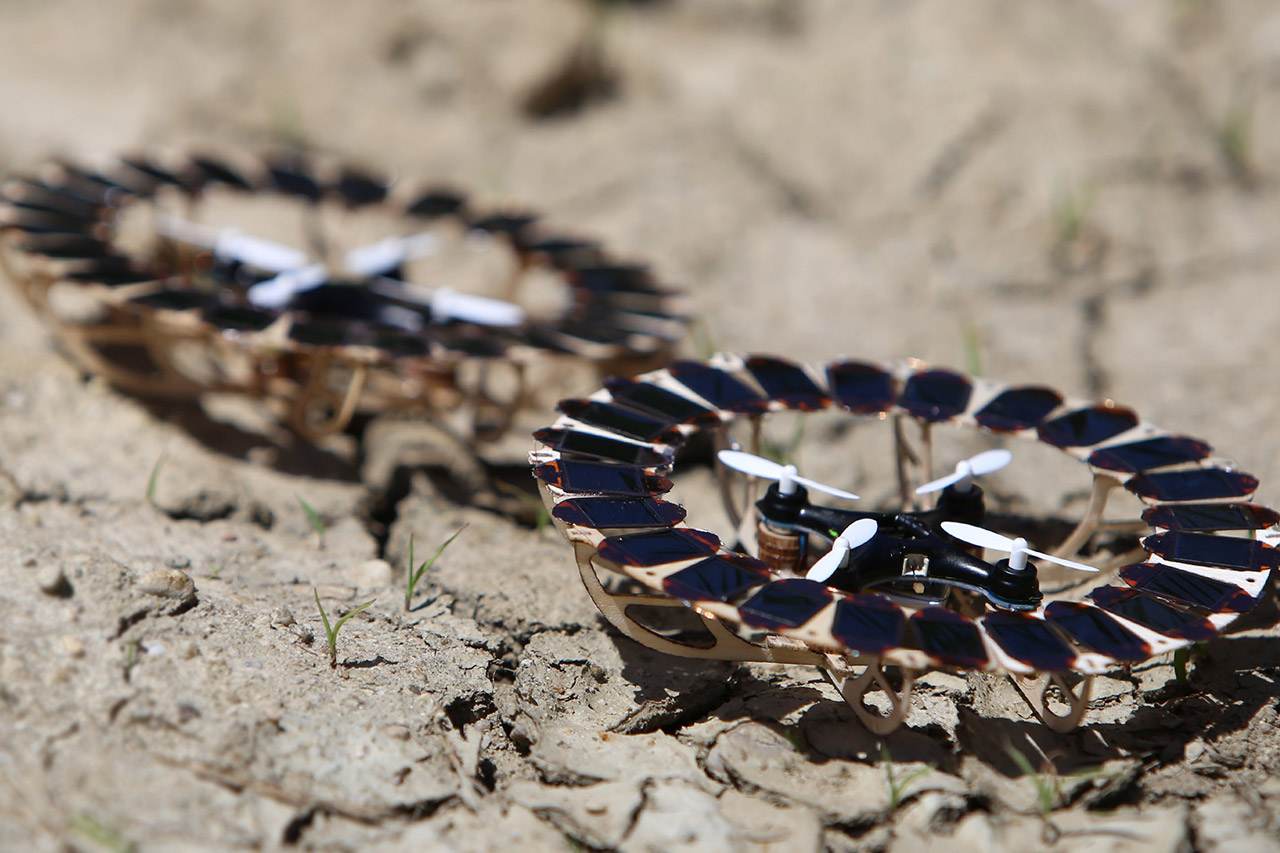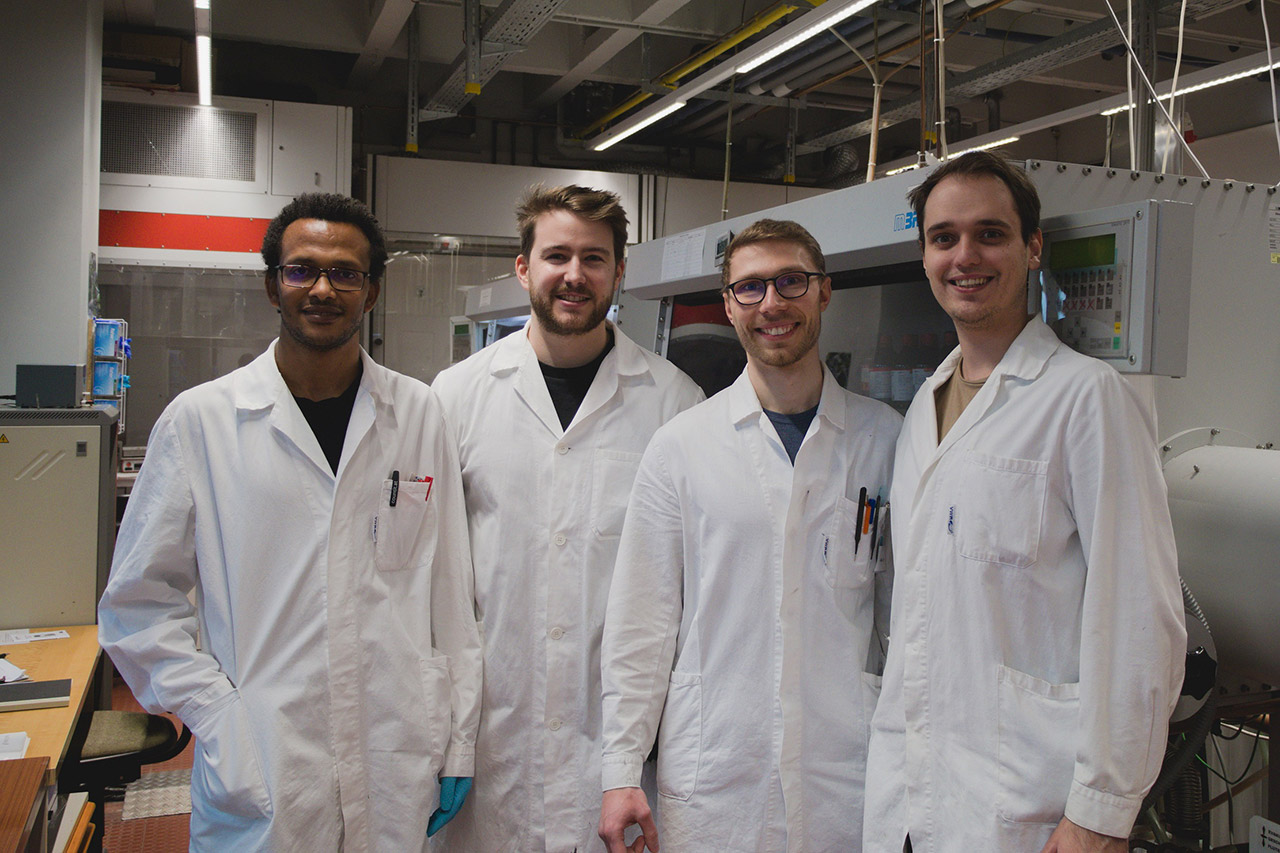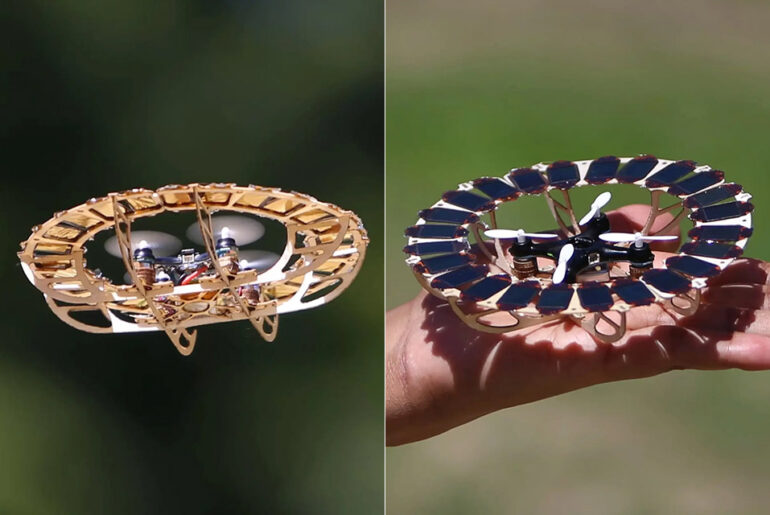
Researchers from the Johannes Kepler University Linz have developed a solar-powered drone that uses solar cell modules that are 20-times thinner than a strand of human hair.

This palm-sized drone is equipped with twenty-four of these ultra thin cells, making up just 1/400 of its total weight. What the researchers discovered was that this configuration enabled the drone to operate self-sufficiently and perform consecutive charge-flight-charge cycles without wired recharging. Future applications could include search & rescue operations, large-scale mapping, and space-based solar systems.
- 【Experience Thrilling Indoor Flights】Our super mini drone is perfect for indoor use, delivering an exciting flying experience without the worry of...
- 【Safe and Durable】Crafted with premium materials and equipped with a protection guards, our nano drone ensures durability and safety, making it...
- 【Easy to Control】Our quadcopter is equipped with One Key Take-off/Landing, Altitude Hold and Headless Mode, making it easy for beginners to master...

Ultra-thin and lightweight solar cells not only have enormous potential to revolutionize the way energy is generated in the aerospace industry, there are also a wide range of applications that include wearable electronics, and the Internet of Things, that can also benefit from this new technology. Lightweight, adaptable and highly efficient photovoltaics are the key to developing the next generation of self-sufficient energy systems,” said Christoph Putz, one of the study’s lead authors.










